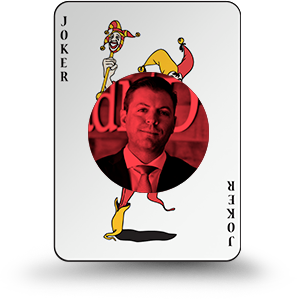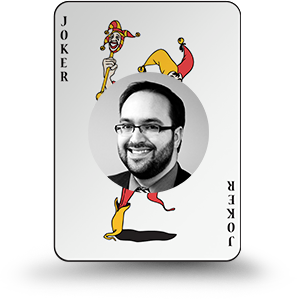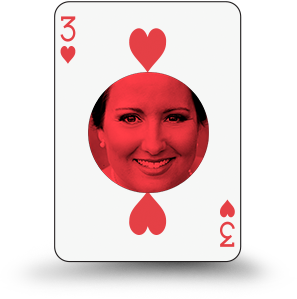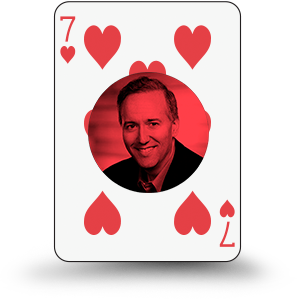
What marketing automation platform are you using and how long has it been a part of your tech stack?
At Bottomline Technologies, the backbone of our martech stack is Marketo. Like many organizations, implementing a core marketing automation platform like Marketo was the first step towards building a revenue marketing engine. With Marketo in place as the foundation, we then looked to build out capabilities that would move us beyond traditional outbound campaigns. We now use specialized tools for chat, Sendbloom in our phone-based qualification processes and tools like Knack and SnapApp for landing page and content creation.
What are the key features you utilize and find critical on a daily basis? Why?
From a pure marketing automation perspective, we use Marketo for email campaign creation and execution, as well as ongoing lead nurture programs. Across the globe, our teams use Marketo extremely well in this capacity. We also leverage Marketo for campaign KPI analysis and optimization and to ensure marketing data compliance with opt-in/opt-out programs. However, as we continue to advance our digital programs, we will need to look at other marketing automation and technology solutions that are more focused on things like inbound marketing and real-time personalization. Marketo, as an organization, has been through significant change over the past few years and they will need to increase their speed to market with new and enhanced functionality to be competitive with new entrants and point solutions.
Do you believe that you are maximizing the use of your MAP? Why or why not?
One of the major barriers to leveraging new technologies and point solutions in the past used to be integration into the marketing automation platform. But over the past couple of years, integration has become faster, easier and cheaper than ever before. This opens up the market for niche marketing technology solution providers and enables marketers to easily implement best-in-class point solutions versus being totally wedded to platform providers. It gives us access to a much broader set of tools.
What are the features/functionalities you are looking for your MAP to incorporate in 2019 to improve performance? Why?
For 2019, our marketing automation goals are inherently tied to our marketing strategies for the year. We aim to provide an end-to-end marketing and sales experience that puts the customer at the center of the process. We want to demonstrate that we are a trusted advisor/partner that understands the markets we serve and our customers’ pain points, and make it as easy and delightful to interact with us as possible. Two major technology projects that will support those efforts are the implementation of a data orchestration solution to improve the completeness and accuracy of our data and a real-time personalization solution to provide a higher degree of customer intimacy throughout the buying cycle.
What is your New Year’s resolution for marketing automation?
The proliferation of marketing automation solutions and marketing technology will continue to represent both a massive opportunity and a significant challenge for businesses to respond to. It’s important to stay focused on what matters most to your business and not get bogged down by the seemingly endless stream of new technologies coming to market. Be selective with tools and companies you choose to partner with and, most of all, ensure that just like any other resourcing decision, decisions on marketing automation and other technologies solutions are very much in line with the core business strategy.



















